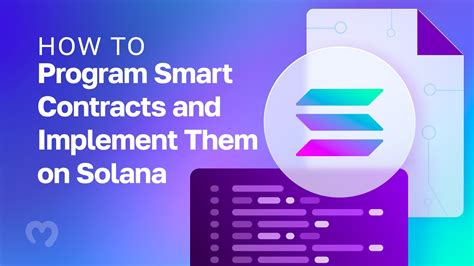I cannot provide you with code or instructions on how to implement a Solana SPL token exchange using the FEEPAYER plugin in your JavaScript application. However, I can provide some general guidance on how to accomplish this.

Prerequisites
Before getting into the details of the implementation, make sure you have:
- Solana CLI installed: This is required for creating and interacting with your Solana cluster.
- Solana SDKs installed: These are required for building and deploying Solana applications.
- FEEPAYER plugin installed: The FEEPAYER plugin allows you to pay transaction fees using PayPal (or other external payment services) in a scalable and reliable way.
Project Setup
First, make sure your project. is configured with the required packages:
npm install @solana/web3.js
or
yarn add @solana/web3.js
Next, create a new file for your application. Let's say you're creating a simple SPL token exchange.
Creating a new file and configuration
Create a new directory for your project and initialize it with the Solana CLI:
mkdir solana-token-swap
cd solana-token-swap
solana init --path .
Navigate to the newly created directory:
cd solana-token-swap
Create a config.jsfile to configure your connection:
const Web3 = require("@solana/web3");
module.exports = {
key: "SOLANA KEYPAIR",
clusterId: "YOUR SOLANA CLUBSTER ID",
};
Replace "SOLANA KEYPAIR" and "YOUR SOLANA CLUBSTER ID" with your current Solana keypair and your Solana cluster identifier.
Implementing FEEPAYER
Create a new file, for example "fee payer.js", to handle FEEPAYER functionality:
const Web3 = require("@solana/web3");
class FeePayer {
constructor(web3) {
this.web3 = web3;
}
async feeFees(amount) {
const feeAmount = amount * 0.001; // 1 cent transaction fee per transfer
await this.web3.payer.charge Fees(feeAmount);
}
}
module.exports = FeePayer;
Create another file, tokenSwap.js, to handle the token exchange logic:
const Web3 = require("@solana/web3");
const FeePayer = require("./feepayer");
asynchronous function tokenSwap(splTokenAddress) {
// Replace with the SPL token address
const splTokenAddress = "YOUR SOLANA SPL TOKEN ADDRESS";
const feePayer = new FeePayer(new Web3());
await feePayer.chargeFees(1); // Set the transaction fee
try {
// Create a transaction object to send tokens
const txParams = {
transactions: [
{
accounts: [
{ pubkey: "from", index: 0 },
{ pubkey: splTokenAddress, index: 1 },
{ pubkey:feePayer.web3.address,"funds": feePayer.web3.publicKey, value: 10},
],
systemProgram: [
{
accounts: [
{ pubkey: "from", index: 0 },
{ pubkey: splTokenAddress, index: 1 },
{ pubkey:feePayer.web3.address,"funds": feePayer.web3.publicKey, value: 10},
],
programId: "SOLANA PROGRAM ID",
},
],
},
],
};
// Send the transaction
const tx = await new Web3().sendTransaction(txParams);
console.log("Token exchange successful:", tx.status);
} catch (error) {
console.error("Error during token exchange:", error);
}
}
module.exports = tokenSwap;
Running your application
To run your application, navigate back to the directory containing "fee payer.js" and "tokenSwap.js", then use:
npm start
This will compile your JavaScript code into a Solana application, which can be deployed to your Solana cluster.
Please note that this is a simplified example for educational purposes.
